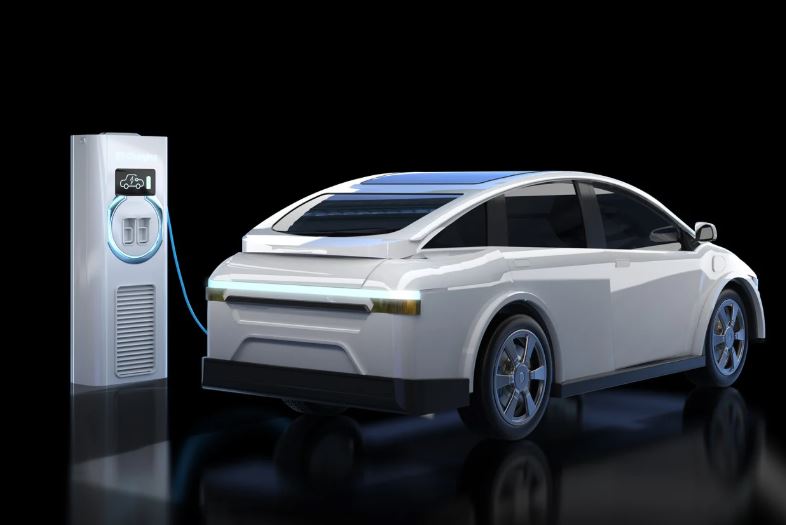As the global market for low-carbon solutions expands, understanding the dynamics of this technological evolution becomes crucial for stakeholders aiming to navigate the intricate pathway toward a sustainable future.
A pivotal component in this transition is the wide-ranging adoption of renewable energy sources, electric vehicles (EVs), and energy-efficient technologies. The current state and anticipated growth in these areas provide essential insights into how these advancements are reshaping the landscape. Electric vehicles, for example, promise substantial reductions in environmental impact due to their higher efficiency and lower operational costs compared to traditional internal combustion engines. It is projected that by 2040, 80% of cars and 74% of vans will be electric, illustrating a significant shift in the automotive sector’s energy profile.
Similarly, the deployment of heat pumps in residential buildings is projected to soar, dramatically transforming home heating systems. With installation rates set to increase from 60,000 units in 2023 to nearly 1.5 million by 2035, heat pumps are a cornerstone of the strategy to replace fossil fuel-based heating systems. This technological shift not only supports the reduction of carbon emissions but also highlights the potential for countries lagging in heat pump adoption, like the UK, to catch up with leading European nations.
Efficiency gains are central to the sustainable transformation. Electrification is a key strategy across various sectors, promising a 57% emissions reduction in industry by 2040, primarily through the electrification of heating processes. In non-residential buildings, switching to low-carbon electric heating is expected to account for a 49% reduction in emissions, underscoring the dual impact of electrification on efficiency and emissions.
Still, the successful deployment of these technologies hinges on significant investments in grid infrastructure and charging facilities for EVs, as current grid limitations pose barriers to widespread adoption. In surface transport, the public charging infrastructure must expand dramatically to meet the anticipated increase in EVs, which are expected to comprise nearly all new car and van sales by 2035.
The financial dynamics of this transition involve balancing upfront capital costs with long-term operational savings. While the initial costs for converting residential heating systems to low-carbon solutions are significant, the lifetime savings and efficiency gains render these transitions economically viable. Incentives and government policies play a crucial role in accelerating the adoption of these technologies by making them financially attractive to consumers.
In the broader context of policy-driven change, government interventions such as grants for low-income households and strategic tax shifts from electricity to gas bills are instrumental in making heat pumps and other technologies more attractive. Moreover, shifts in consumer behavior, driven partly by social acceptability and perceived benefits, are fundamental in driving the adoption of low-carbon technologies.
Stay updated on the latest in energy! Follow us on LinkedIn, Facebook, and X for real-time news and insights. Don’t miss out on exclusive interviews and webinars—subscribe to our YouTube channel today! Join our community and be part of the conversation shaping the future of energy.
